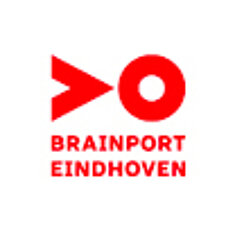Charging Energy Hubs: Smart Solution for the Future of Electric Freight Transport
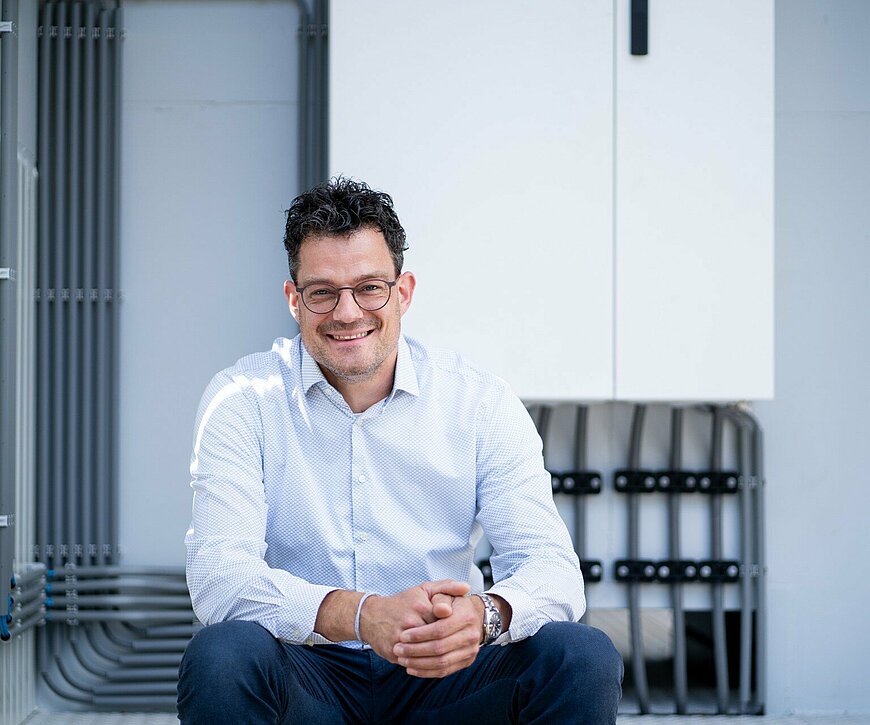
The transition to electric freight transport demands a lot from the electricity grid. Moreover, an explosive increase in electric transport in the logistics sector is expected. How do we manage this, with the increasingly limited space on the electricity grid to place and connect large-scale installations?
In the Charging Energy Hubs project, led by Brainport Development and RAI Automotive Industry NL, Dutch companies are working together to develop decentralized energy systems that form the connecting factor between energy suppliers and consumers. Thomas Gerrits from Heliox and Robert van den Hoed from NKL Nederland explain the challenges involved.
Breakthroughs in Technology and Implementation
The collaboration between private and (semi-)public parties illustrates how complementary expertise can lead to innovative solutions. Robert van den Hoed: “By pooling our knowledge, we can develop more effective and efficient systems. This project is a perfect example of how collaboration can lead to breakthroughs in technology and implementation.”
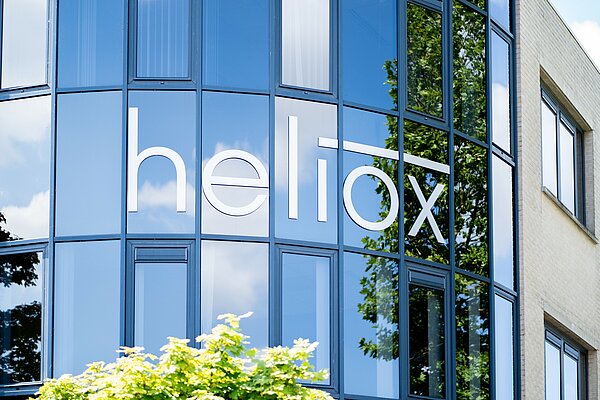
NKL Nederland is an independent foundation committed to making charging infrastructure for electric transport more widely available.
“We work with various industry organizations to ensure that the charging infrastructure meets the needs of all different sectors,” says van den Hoed. “It is essential that we not only provide technical solutions but also consider policy and operational aspects.”
Heliox is known for its advanced charging systems for electric vehicles. “Our focus is on creating solutions that are both efficient and future-proof,” explains Thomas Gerrits, Research & Innovation Manager at Heliox. “We are working on innovative technologies that can accelerate the transition to electric transport and improve the user experience.”
The Goal of Charging Energy Hubs
The Charging Energy Hubs project has an ambitious goal: to integrate chargers into a larger infrastructure where energy generation and consumption take place at the local level. The initiative aims to develop an integrated network where chargers work together with energy generation and consumption assets. This can reduce the pressure on the existing energy grid and create space for more electric vehicles. Gerrits: “By using locally generated energy directly, we can reduce dependence on the central grid.”
“Many logistics companies need to switch to zero emissions because they are dealing with zero-emission zones,” adds van den Hoed. “Often, they have limited grid connections. To charge electrically, that connection actually needs to be upgraded. The current grid congestion prevents that upgrade. We expect that a significant group of companies will be greatly helped by an integrated smart system to make that transition.”
Energy Shortage
A good example is the business park in Veghel, where a group of about fifty industrial partners is working together to tackle their energy shortage. “Sligro is covering their distribution center with solar panels, and these companies are investigating whether they can use that energy collectively,” says Gerrits. “This initiative shows how collaboration between local partners can lead to innovative solutions for energy challenges.”
“This relieves the existing grid and helps solve the congestion issue.”
“The classic model of energy generation and distribution is changing. Energy used to be generated centrally and distribution was based on AC (alternating current). Current generation and storage via solar panels and batteries are based on DC (direct current). The goal is to connect industrial partners at the local level through a DC grid. This allows energy exchange without burdening the existing grid. We are trying to make it more efficient,” explains Gerrits.
Technological Innovations
Within Charging Energy Hubs, three main components are being developed: an AC-DC interlink from the medium voltage grid, a DC-DC interlink converter between parties, and a DC-DC converter to connect the DC grid to vehicles. Gerrits continues: “Working with direct current is fundamentally different from alternating current. Current generation and storage via solar panels and batteries are based on DC. By connecting everything on direct current, we avoid the inefficiencies of conversions to alternating current.”
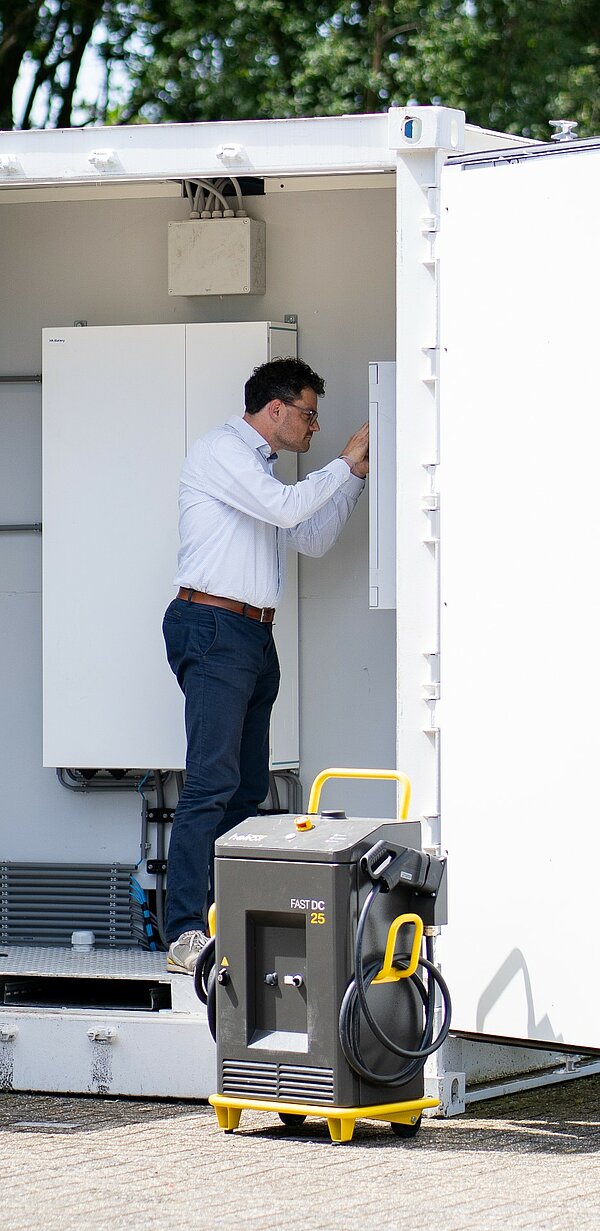
The shift to a direct current-based system has significant advantages. “Eliminating the need for continuous conversions makes the system more efficient and reduces energy loss,” says Gerrits. “An important aspect of the project is the development of a DC network that enables energy exchange between different parties without the intervention of the grid operator. By creating a local DC network, we can directly exchange energy from generating and consuming companies. This relieves the existing grid and helps solve the congestion issue.”
The Impact on the Netherlands and the World
Van den Hoed emphasizes the broader impact of the project: “We don’t yet know what the dominant design will be, but this project will inspire organizations to think about solutions. We want to be an example of how to tackle these kinds of challenges and find a solution for the logistics sector. This sector is currently struggling to switch to electric trucks due to the limitations of the current grid.”
“Standardization is the key to rapid scaling of electrification and sustainability.”
The potential of the project extends beyond the Netherlands. “The Netherlands is an ideal breeding ground for these kinds of projects,” continues Gerrits. “Our infrastructure and stable internet connection are crucial for efficient energy exchange. Although each country has its own requirements, our work here offers a model that can be followed internationally.”
Van den Hoed: “By working with direct current and local energy exchange, we can set new standards for energy management. This benefits not only the logistics sector but also other sectors looking for sustainable solutions. The project thus has the potential to transform the energy market.”
Time Savings Through Efficiency
The project focuses not only on the technical aspects but also on the user experience. Gerrits: “An important focus is automatic plugging, which is essential for relieving the user and increasing the number of connected vehicles. We are also investigating what the gas station of the future should look like. For example, Shell is going to build an electric charging station equipped with a DC grid, where locally generated electricity is used to charge many vehicles simultaneously.”
“Automatic plugging can make a big difference for drivers and companies using electric vehicles. It reduces the need for manual interaction and makes the charging process more efficient,” explains Gerrits. “This is especially important in the logistics sector, where time and efficiency are crucial.”
The Key to Scaling Up
A success factor for the project is the close collaboration between the different parties. Van den Hoed: “We involve sector organizations and entrepreneurs to create support and gather input. Organizing workshops and sharing results are crucial to know if our solutions work in practice.”
Gerrits emphasizes the importance of standardization: “We need to develop products that are flexible in different situations without having to adjust them each time. Standardization is the key to rapidly scaling up electrification and sustainability.”
“The urgency to come up with solutions is great”
Legislation and Future Steps
The legal framework is still a challenge. Van den Hoed: “The legal framework in the Netherlands still largely needs to be outlined. Each country has its own specific requirements for feeding back into the existing grid. This needs to be reinvented for each country.”
Van den Hoed sees this as an opportunity: “Energy legislation is evolving and plays a major role in our project. It’s not just about technical solutions but also about protocols, spatial integration, and cybersecurity. The urgency to come up with solutions is great, and we hope to significantly contribute to solving grid congestion and the transition to electric transport.”
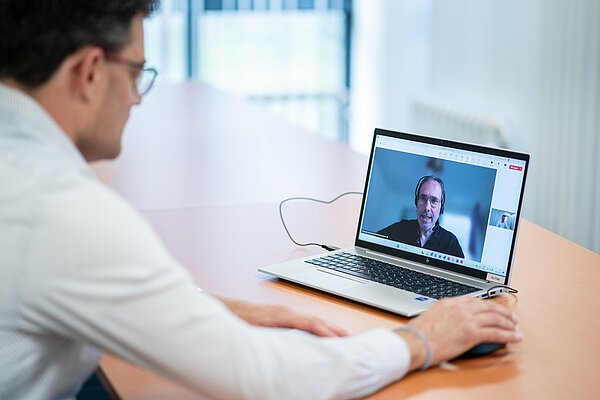
The upcoming steps in the project include both technical and policy developments. Gerrits: “From a development perspective, we still have some steps to take. Working with direct current is fundamentally different. Where we used to make ready-made products like a power plug, charging station, or vehicle, this will be a much more distributed system that is much more location-dependent. We still have a lot to learn: how do we optimize the process at a location and how do we develop a product that is situationally flexible without having to adjust the product each time?”
Enthusiastic
The Charging Energy Hubs project is an important initiative that can transform both the logistics sector and the broader energy infrastructure in the Netherlands and beyond. With innovative technical solutions and close collaboration between partners, NKL Nederland and Heliox hope to bring a sustainable future closer. As Van den Hoed aptly says: “The urgency to come up with solutions is very great. We are very enthusiastic about it and believe that our work will make a significant contribution to the transition to electric transport and sustainable energy solutions.”
